table of Contents
Spatial signals

Temporal signals
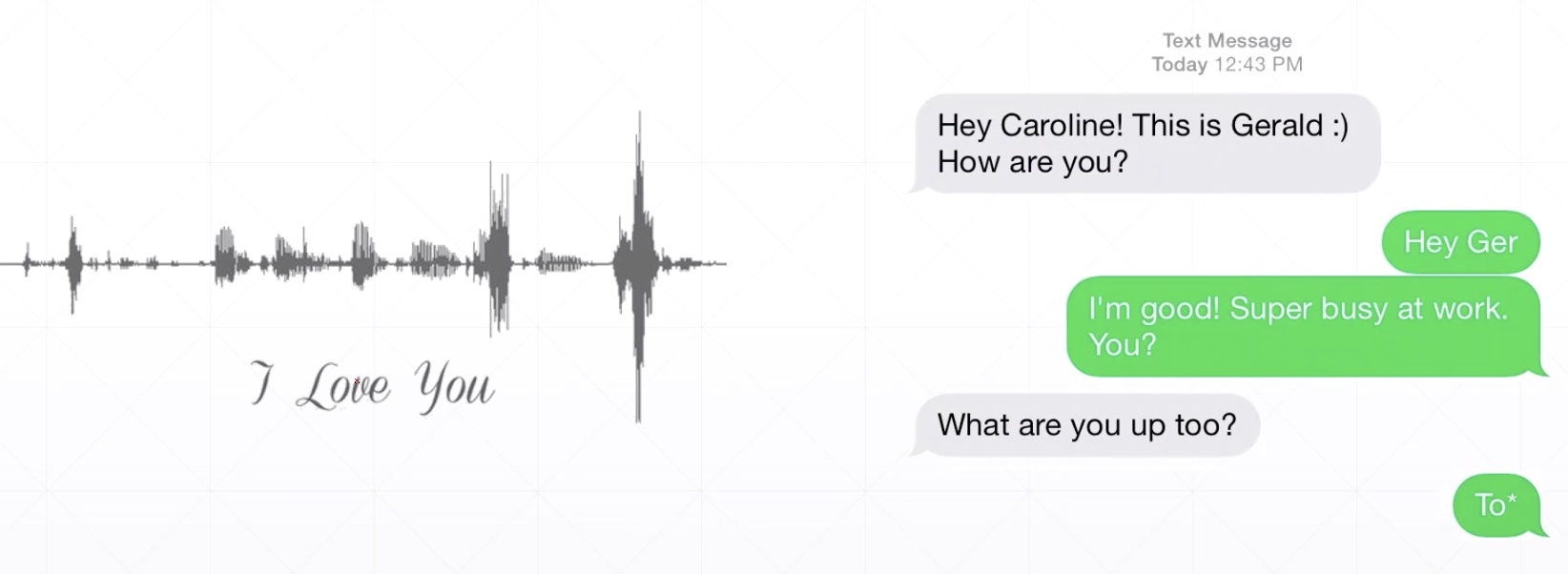
# Sequence
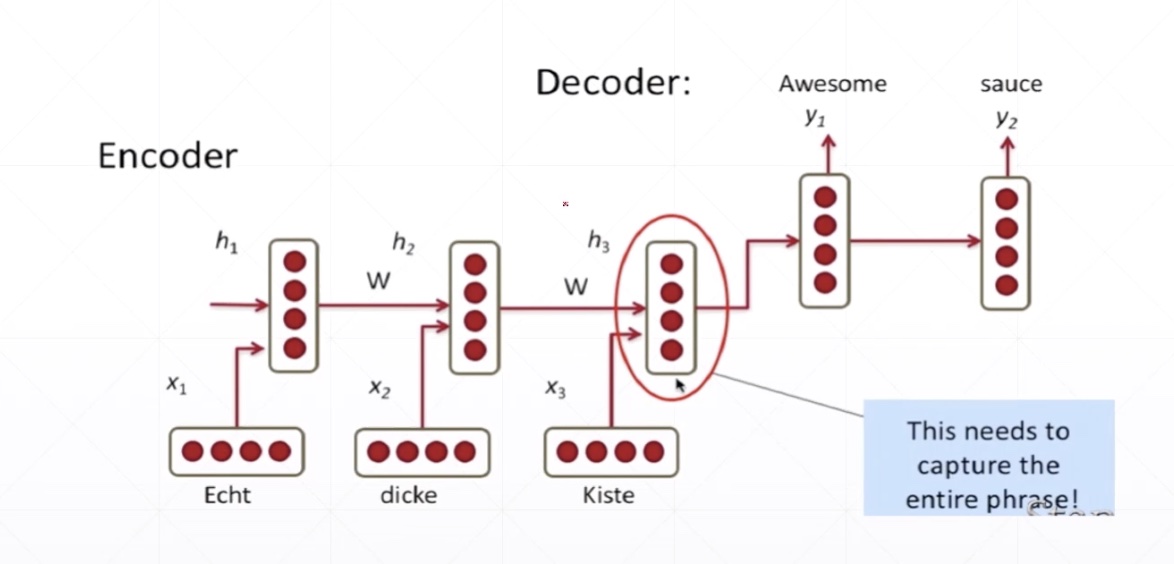
Sequence embedding
[B, seq_len, feature_len] # 1 sentence 10 4 words each word meaning, [1,10,4]
e.g. I like it.
import tensorflow as tf
tf.convert_to_tensor([[1,0,0],[0,1,0],[0,0,1]])<tf.Tensor: id=4, shape=(3, 3), dtype=int32, numpy=
array([[1, 0, 0],
[0, 1, 0],
[0, 0, 1]], dtype=int32)>[b,100,1]
- [Price, scalar, 1] # 1 -> 1 point represents a price
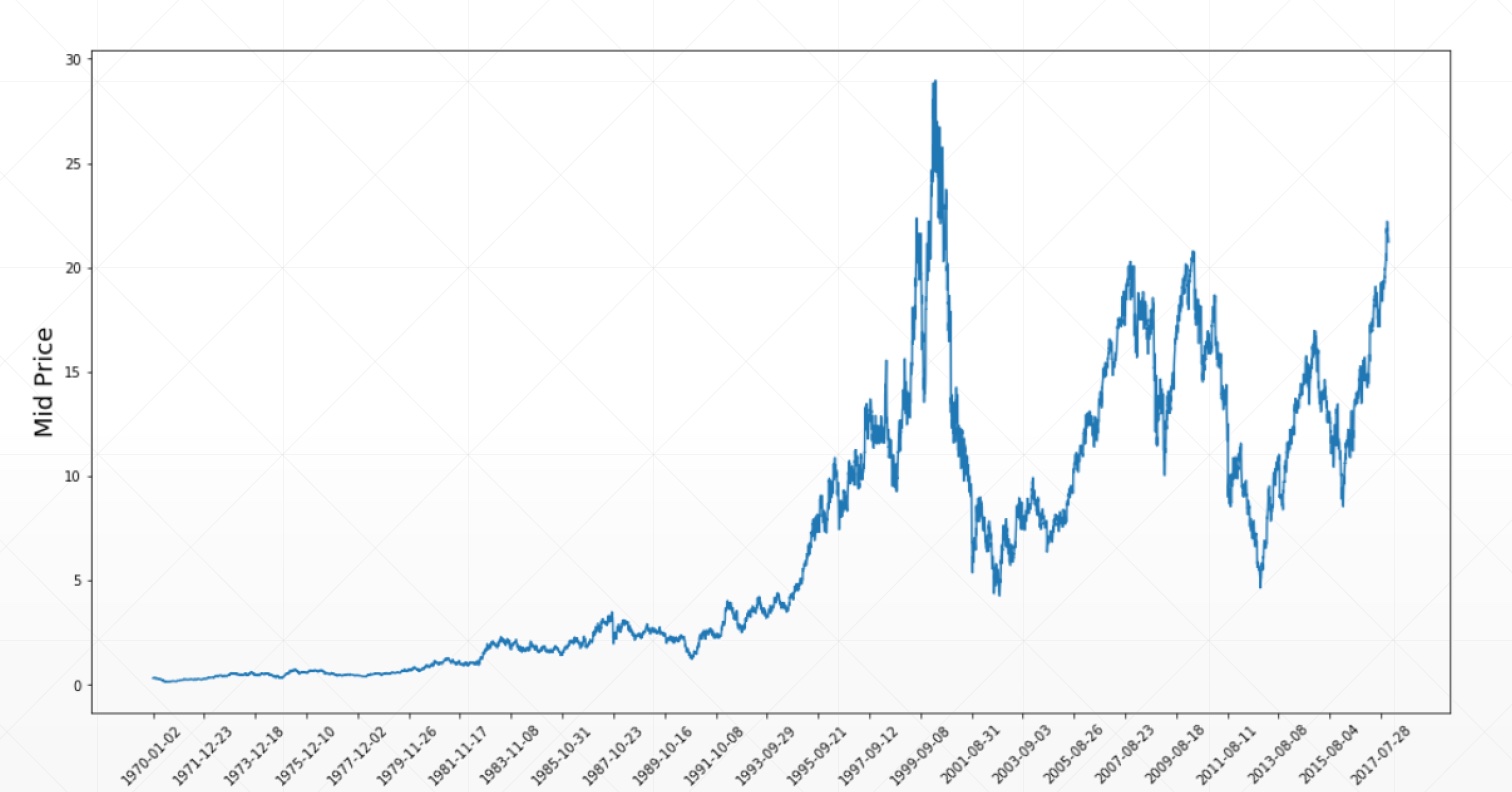
[b,28,28]

- The number of times scanned images into a concept of time

Batch
[b,word num,word vec]
[word num,b,word vec]
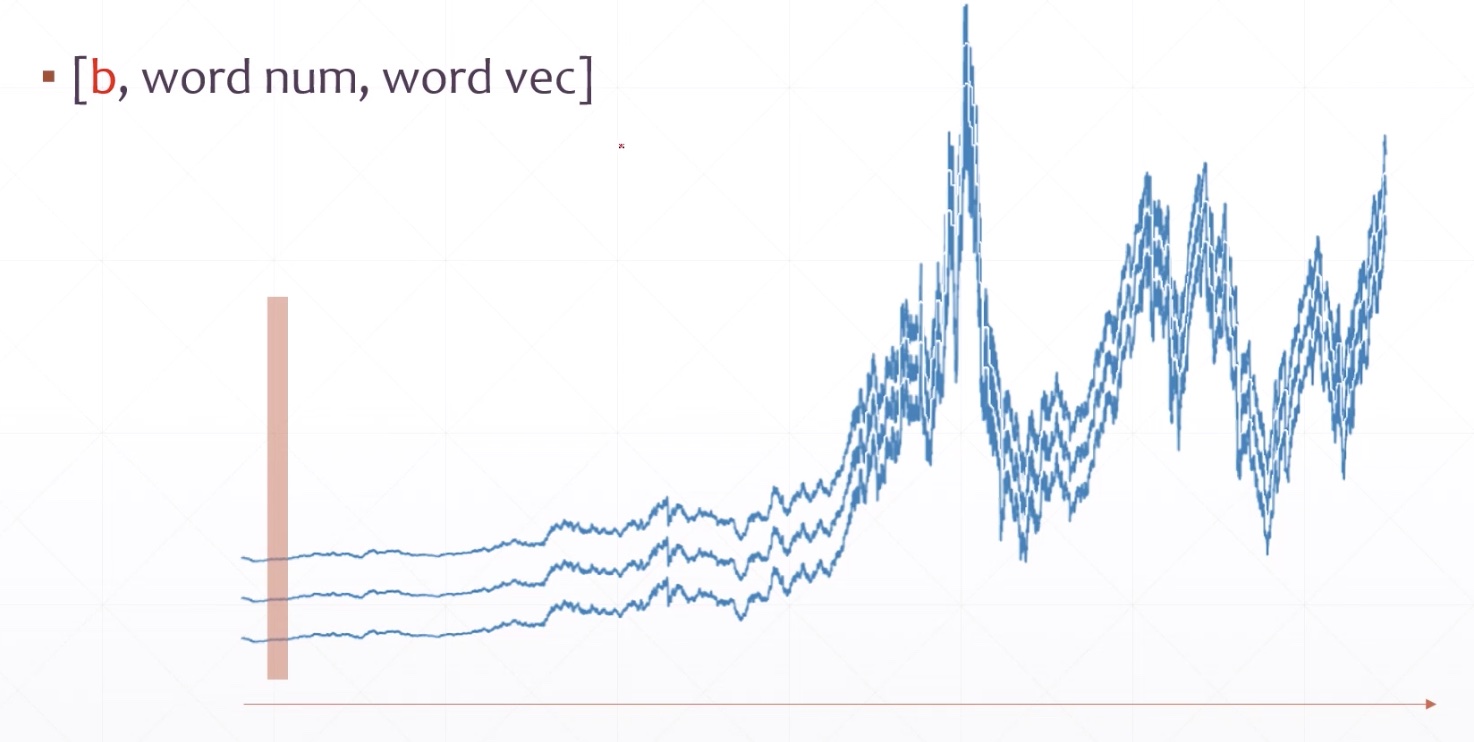
[words,word vec]
- How to represent a word
- [Rome, Italy, ...]
- one hot
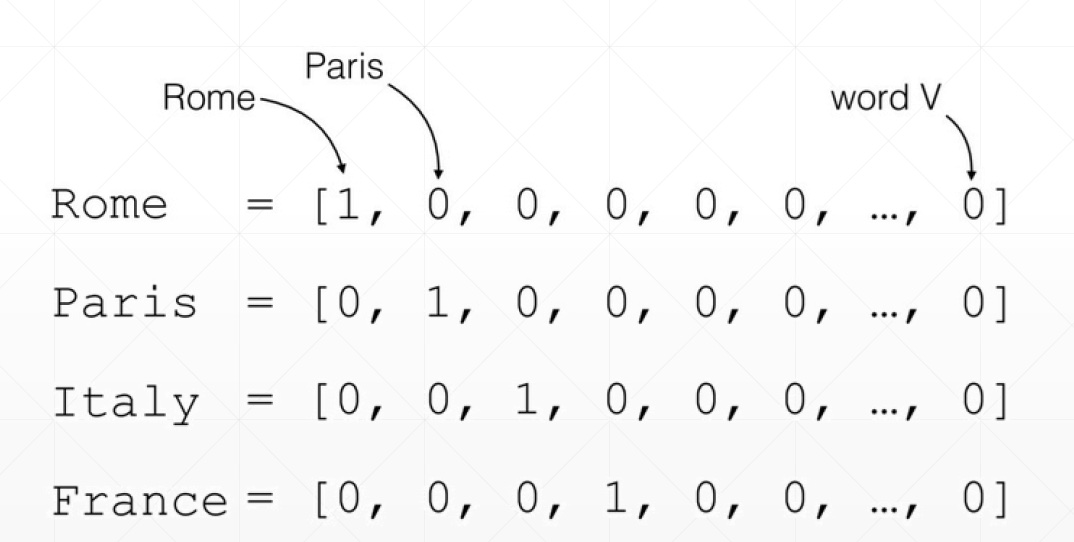
sparse
high-dim
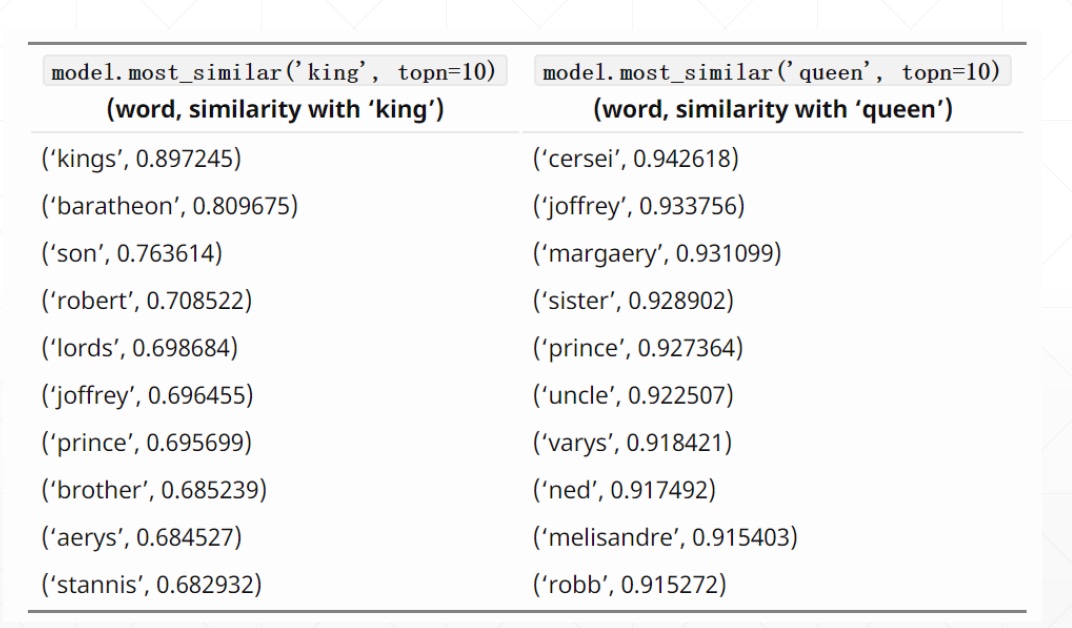
semantic similarity
trainable
Word embedding
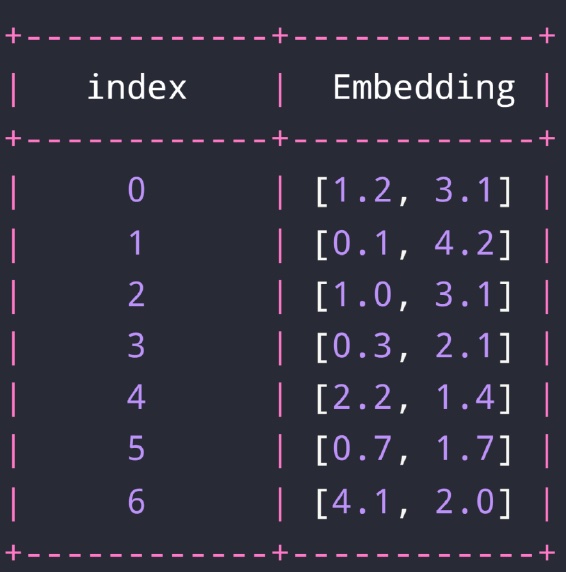
- Word2Vec vs GloVe

Embedding Layer
- Random initialized embedding
from tensorflow.keras import layers
x = tf.range(5)
x = tf.random.shuffle(x)
x<tf.Tensor: id=10, shape=(5,), dtype=int32, numpy=array([0, 4, 3, 2, 1], dtype=int32)>net = layers.Embedding(10,4)
net(x)<tf.Tensor: id=26, shape=(5, 4), dtype=float32, numpy=
array([[-0.04665176, -0.00618398, -0.02745042, -0.0418861 ],
[-0.00495533, -0.02990632, -0.04187028, -0.03159492],
[ 0.00022942, -0.01628833, -0.00680885, -0.03196504],
[-0.0023623 , 0.04522124, 0.02052191, -0.02518519],
[ 0.0211277 , -0.03581526, 0.00149528, 0.04243053]],
dtype=float32)>net.trainableTruenet.trainable_variables[<tf.Variable 'embedding/embeddings:0' shape=(10, 4) dtype=float32, numpy=
array([[-0.04665176, -0.00618398, -0.02745042, -0.0418861 ],
[ 0.0211277 , -0.03581526, 0.00149528, 0.04243053],
[-0.0023623 , 0.04522124, 0.02052191, -0.02518519],
[ 0.00022942, -0.01628833, -0.00680885, -0.03196504],
[-0.00495533, -0.02990632, -0.04187028, -0.03159492],
[ 0.04476041, 0.00983595, 0.01300793, -0.00486787],
[ 0.00272337, 0.00402355, -0.04166143, 0.01867583],
[-0.01088942, 0.02177001, 0.01363814, -0.04016535],
[-0.04173249, -0.03866537, -0.0426992 , 0.00479555],
[ 0.02334514, 0.01809745, -0.03649411, -0.00876436]],
dtype=float32)>]